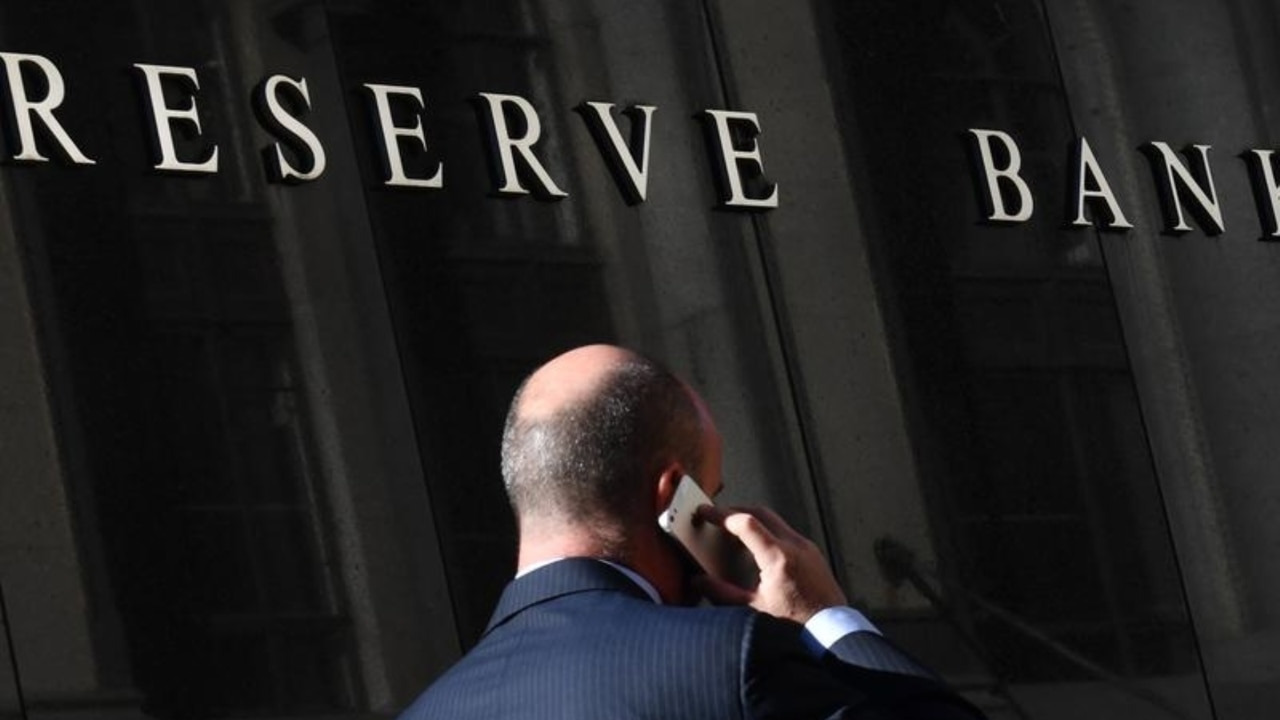Research finds Aussies facing $1863 each in holiday debt
Aussie households managed to rack up a terrifying record amount of debt in 2018. Here’s what you need to know to get on top of it all.

For the first time in our history, Australians have tallied up a staggering collective credit card debt of almost $30 billion.
The terrifying statistic was the result of frenzied Christmas shopping — meaning many Aussie households are heading into 2019 with a financial hangover.
According to a new forecast of Reserve Bank of Australia (RBA) data analysed by comparison site finder.com.au, it’s likely the nation borrowed $29.7 billion on credit cards in December 2018.
• Kid’s ‘inexcusable’ act on plane slammed
• Surprising suburbs we can’t get enough of
• ‘Just full of it’: TV host roasts Trump
That is the equivalent of $1863 in purchases per card — and if spending follows this pattern, it will be the highest December spend on record, up from $27.9 billion in 2017, and just under $25 billion five years ago.
Factoring in the average 55-day interest-free period as well as the length of time Australians tended to take to pay off their credit cards last year, just the interest alone on our Christmas spend is likely to cost us $237 million.
Finder.com.au insights manager Graham Cooke said Australians were notorious for spending big at the end of the year.
“If the Christmas spirit is measured by consumer spending, we were all feeling very festive,” Mr Cooke said.
“Aussies spend more on credit cards in December than in any month.

“This over-reliance on credit cards in December means the cost of Christmas is carried well into the new year and could take a toll on household budgets throughout 2019.”
But Mr Cooke said there were a number of strategies available to help you manage your debt.
“A balance transfer could give credit card holders the chance to make more headway on their outstanding balance, especially if they’re having difficulty making repayments,” he said.
“There are currently over 100 balance transfer cards offering zero per cent introductory rates on transfers, and most banks offer a product with this feature. The interest-free period varies, but more than half of the balance transfer cards on the market will give you a whole year or more interest-free if you transfer your balance.
“But remember — this is not a licence to ignore your debt. Often, zero per cent balance transfer cards will have a higher purchase rate than other cards, so it’s important that you commit to paying off all your debt in the interest-free period, and resist the urge to spend beyond your means.”
However, there is some good news.
Despite there being more cards on the market than ever, the average balance actually accruing interest per card has fallen from $2470 in 2012 to $1984 towards the end of 2018.
That implies we’re actually getting better when it comes to paying off our plastic.
Continue the conversation @carey_alexis | alexis.carey@news.com.au




